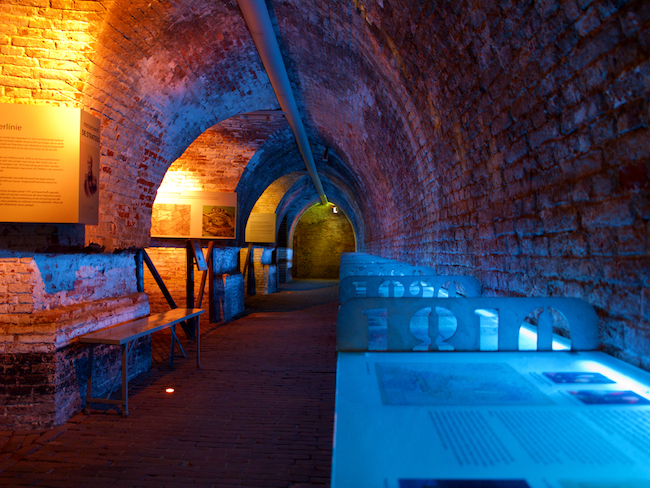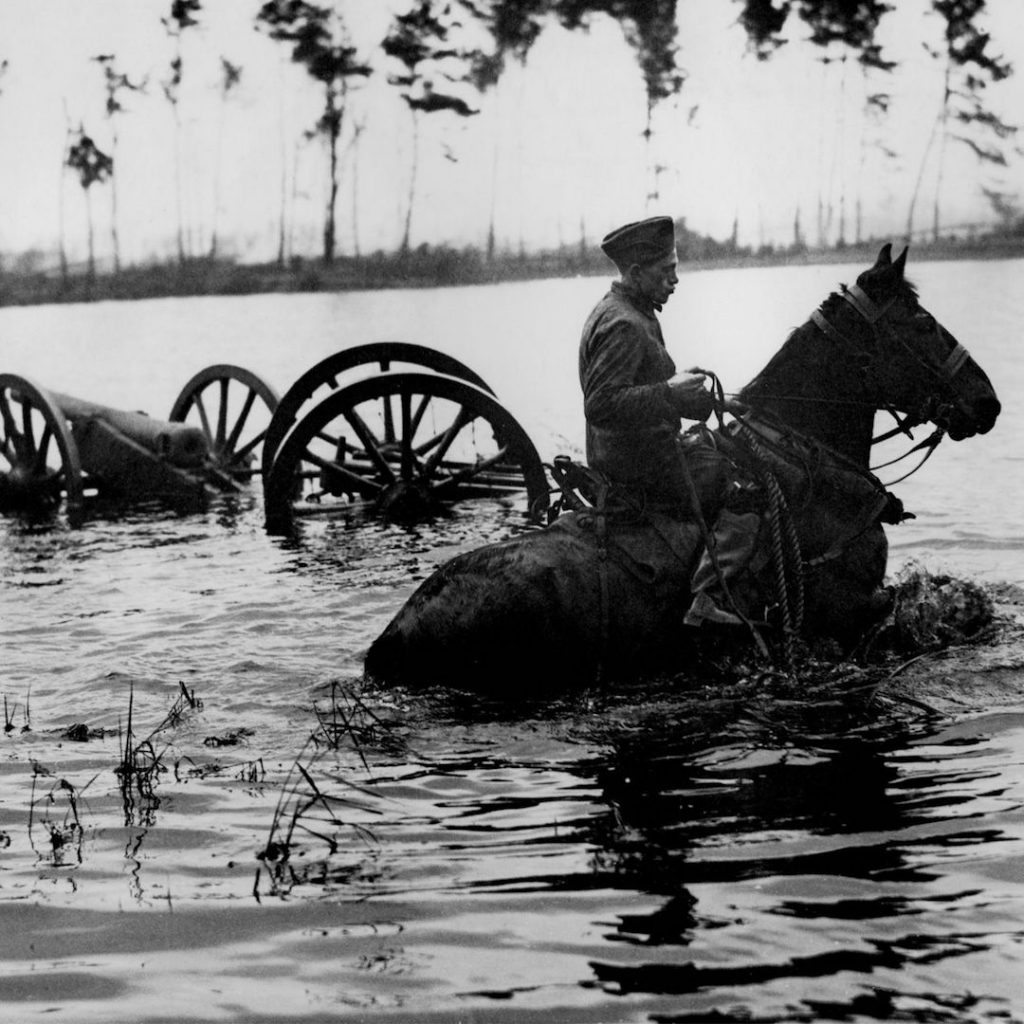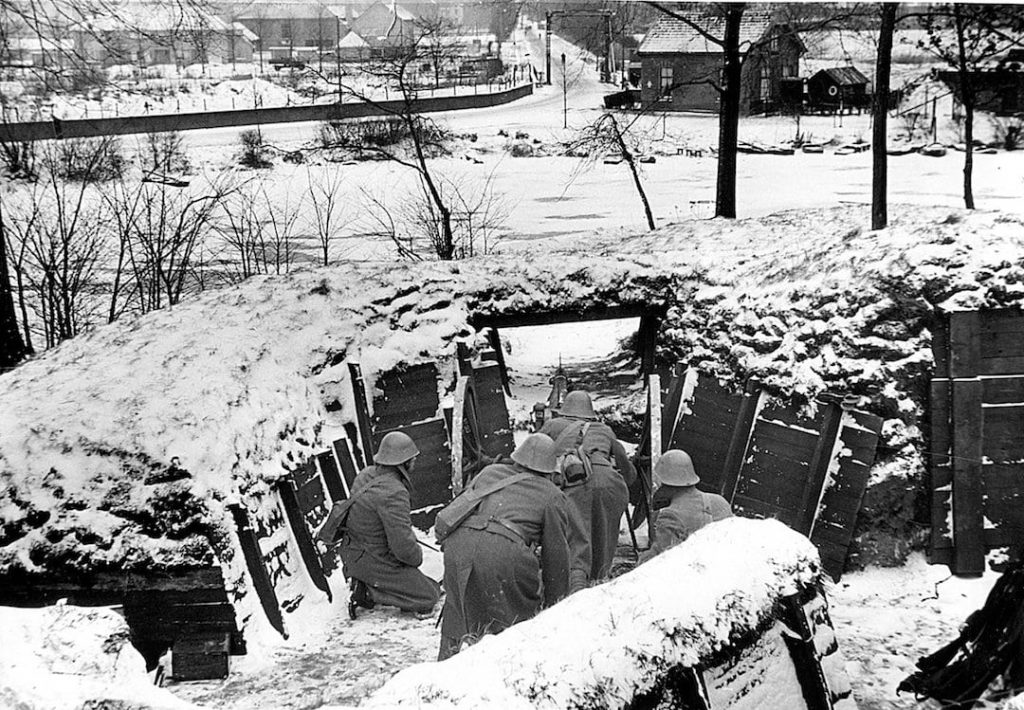
Waterline
Naarden Vesting is part of the New Dutch Waterline. The New Dutch Waterline is a defence line 85 kilometres long, running from Muiden to the Biesbosch. The line is 3 to 5 kilometres wide and consists of 45 forts, 6 fortresses, 2 castles, 85 machine gun casemates, over 700 concrete refuges and over 100 military locks and waterworks.
Themes in the museum:

King William I
King William I
After the French rule, the son of stadtholder William V returned to the Netherlands in 1813 to accept the kingship. This was an evident break with the past. Unlike his father, William I did not become stadtholder in all regions, but king of a unitary state. One of the first matters that King William I dealt with was to improve the national defences with the construction of the New Dutch Waterline.

Exhibition Dutch Waterline
1815 – 1940
Between 1815 and 1940 the New Dutch Waterline made the western part of the Netherlands inaccessible for the enemy. Water was our ally. When war came, soldiers could inundate broad strips of land. With a knee-deep layer of water the killed two birds with one stone: the land was impassable for soldiers, vehicles and horses; and for boats the water was too shallow.
Impenetrable waterline
In peacetime
This system of dikes, locks, channels, forts and bunkers is hard to see in peacetime. Therein lies the secret of the New Dutch Waterline: it is there, but you do not see it!
Mobilization of Naarden 1940
UNESCO World heritage
The New Dutch Waterline is the largest listed monument of the Netherlands. Together with the ‘Stelling van Amsterdam’ the New Dutch Waterline has been a UNESCO Heritage site since 2021 under the name of ‘Dutch Waterlines’. The Dutch Fortress Museum is an official information centre for the Dutch waterlines.


